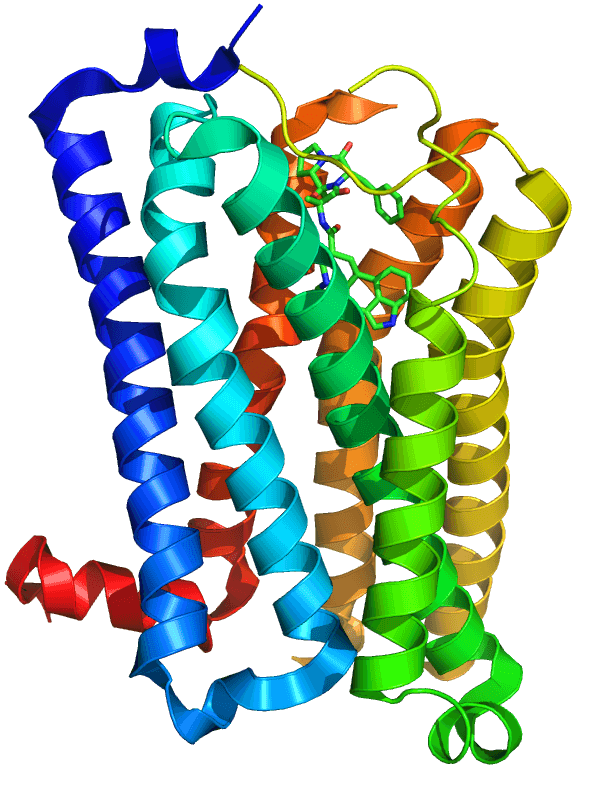
Related products
What’s covered?
5-HT coatedge 7, 8, 9 along the limbic system, especially the hippocampus and amygdala. These memory centers are rich in serotonin 5-HT receptors and are believed to play an important role in various forms of pathological learning, such as drug addiction. Furthermore, dopamine receptor blockade within these neurons is thought to inhibit their ability to undergo synaptic plasticity, a process that is believed to be important for addiction. In contrast, the mesolimbic system projects from the ventral tegmental area to the nucleus accumbens and ventral pallidum. This dopaminergic pathway mediates stimulus-reward learning and plays an important role in drug addiction, since drugs of abuse activate this circuitry.
The serotonin 5-HT receptor subtype has been implicated in various forms of pathological learning, including drug addiction. Since these receptors are present throughout the limbic system and have high affinity for dopamine D2 receptors, it has been hypothesized that at least some forms of addictive behavior may result from indirect activation of 5-HT receptors by repeated administration of psychostimulants such as cocaine and amphetamine. However, there is also evidence that serotonin 5-HT receptor activation can directly influence dopaminergic signaling in the mesolimbic reward pathway and facilitate stimulant self-administration. Furthermore, experimental administration of an antagonist to 5-HT receptors has been shown to decrease cocaine self-administration and increase extracellular dopamine concentrations in the nucleus accumbens, demonstrating a critical role for these receptors in modulating behavioral responses to psychostimulants.
In contrast to research on serotonergic neurotransmission, much more work has been conducted on dopaminergic pathways involved in drug addiction. The mesolimbic system consists of dopaminergic projections from the ventral tegmental area (VTA) to the nucleus accumbens and ventral pallidum, and is thought to play a critical role in the reward pathway. Specifically, this circuit is believed to be responsible for the incentive salience of drug-associated stimuli and behavioral reinforcement for self-administration of stimulant drugs such as cocaine or amphetamine. Moreover, administration of D2 dopamine receptor antagonists into the nucleus accumbens has been shown to inhibit psychostimulant self-administration, indicating that these neurons are involved in modulating behavioral responses to these drugs. To find out more about blood testing, check our blood tests guide.
Overall, research on dopaminergic pathways suggests that they may be important targets for pharmacological interventions during drug addiction. In particular, blocking the activity of dopamine receptors within this circuitry may help reduce compulsive drug-seeking behaviors, although this approach is not without its risks. It is important to note that behavioral responses to psychostimulants are also influenced by other neurotransmitter systems, such as opioid and glutamate pathways. Therefore, any pharmacological treatment will likely involve a combination of multiple medications in an effort to target these various neuronal circuits. In addition, more work is needed to better understand the role of these neurotransmitter systems in drug addiction and develop effective therapeutic strategies for treating this type of pathology.




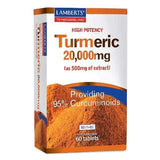
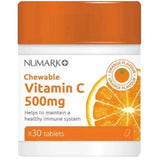
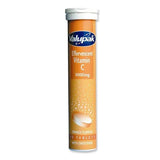


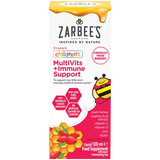


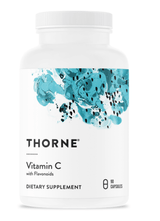
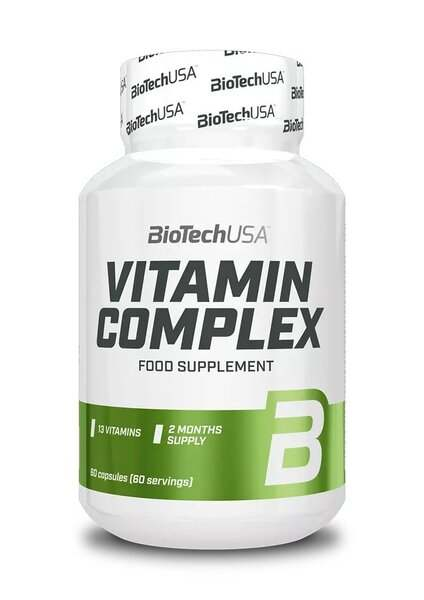
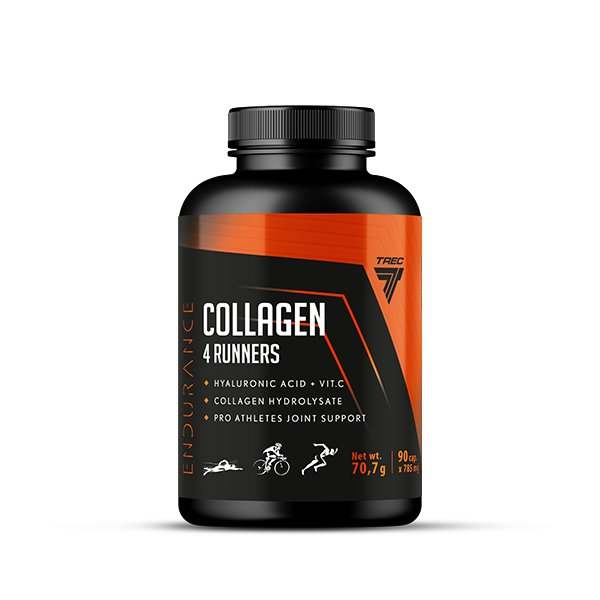

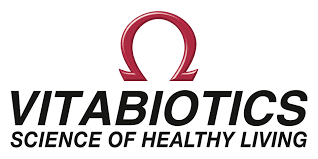
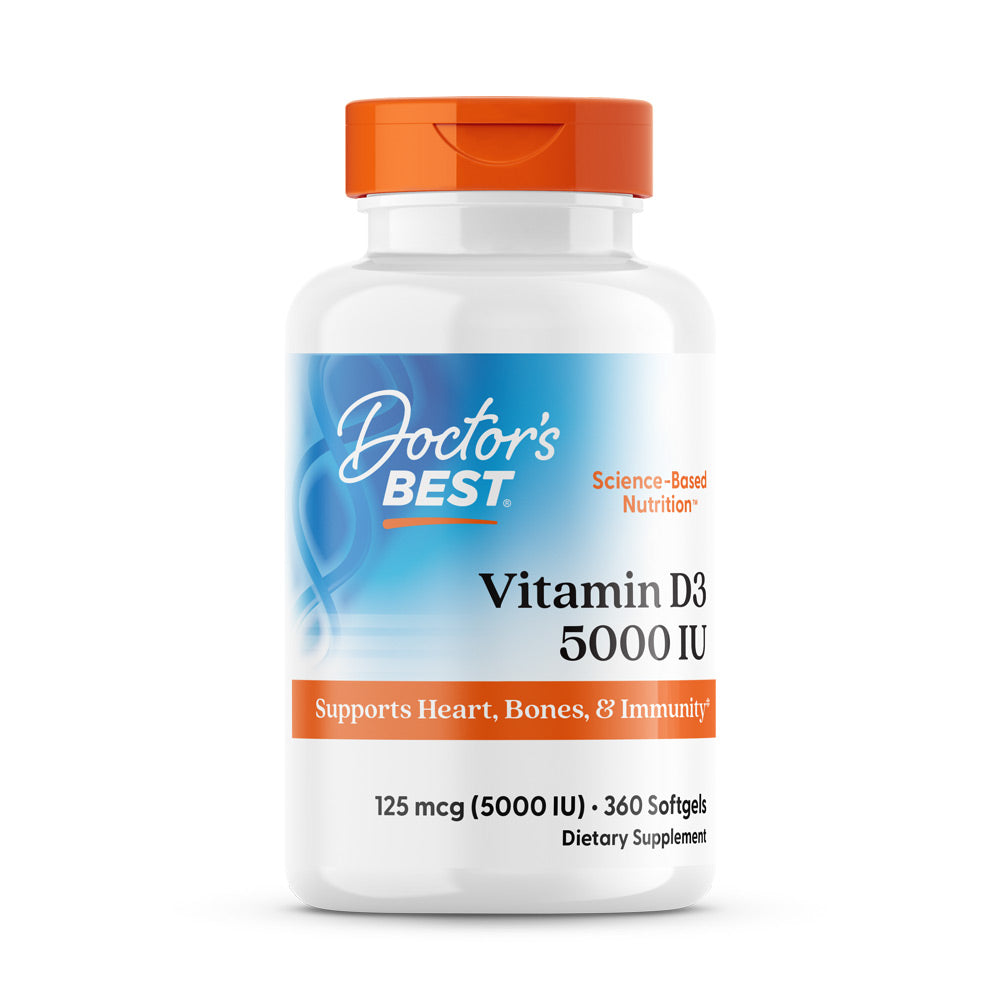


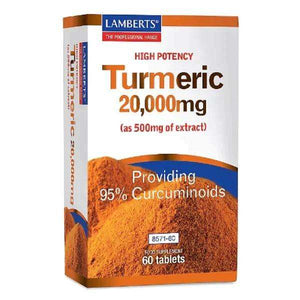
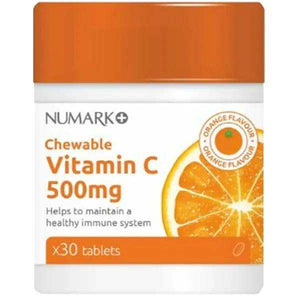
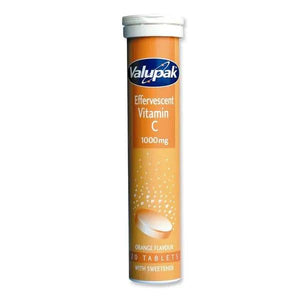
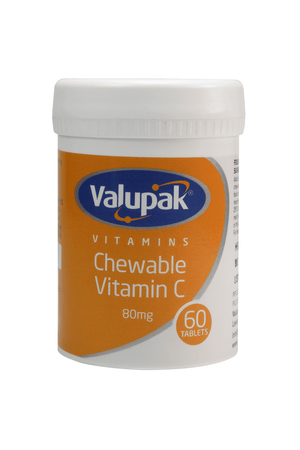

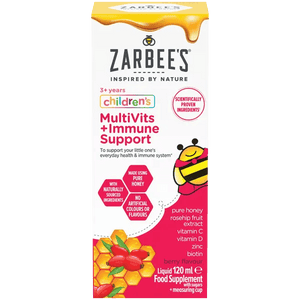
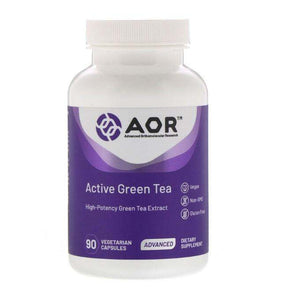
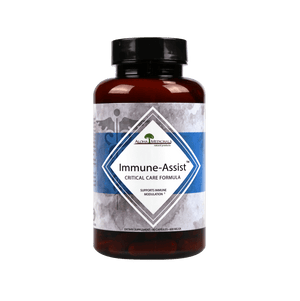
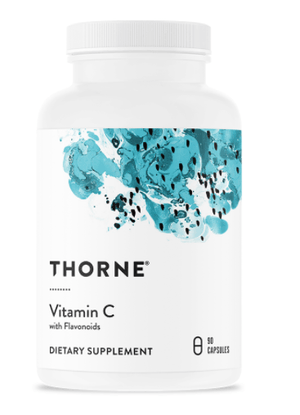






 Rated Excellent by 26,523+ Reviews
Rated Excellent by 26,523+ Reviews